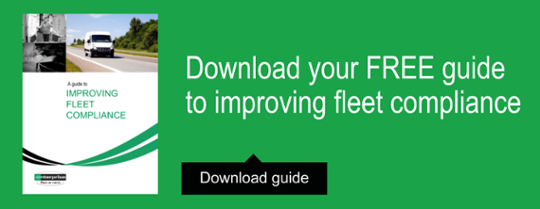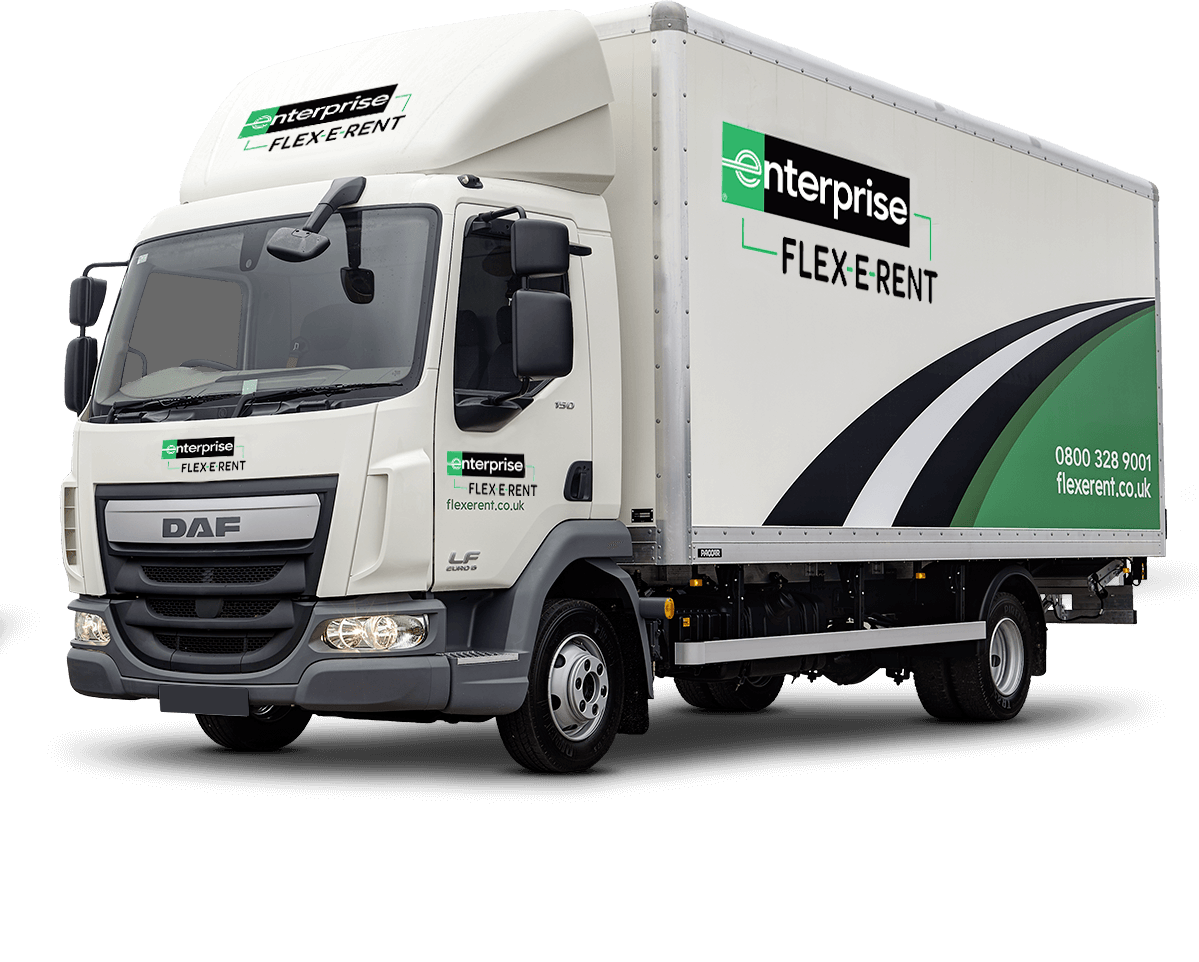As part of a new UK-wide study running until 2020, roads in built-up areas could have the speed limit reduced from 30mph to 20mph.
Local roads in Edinburgh and Belfast have already had speed limits cut by 10mph.
A large number of studies have demonstrated a link between the introduction of 20mph zones and a subsequent reduction in work related road risks (WRRR) but it has caused some controversial debate amongst drivers.
Below we explore how effective 20mph zones are and what the introduction of these zones will mean for fleets.
WRRR: What the statistics say
The Royal Society for the Prevention of Accident’s (RoSPA) report on 20mph zones implies that the risk of death for pedestrians struck by cars increases at higher impact speeds.
One study of pedestrian injury and car impact speed found that at 20mph there was a 2.5% chance of being fatally injured, compared to a 20% chance at 30mph.
As well as a reduction in casualties, there is similarly strong evidence showing the benefits of traffic calming measures, which are used in 20mph zones.
However, the government’s road casualty statistics tell a slightly different story. Although the number of people killed on 20mph roads fell by 50 per cent in 2015, the fall was from 28 to 14 and, therefore, is highly unlikely to be meaningful. Overall the number of casualties on 20mph roads actually rose by 27 per cent from 2014 to 2015.
Additionally, the number of miles of road with 20 mph speed limits increased by about a quarter between 2014 and 2015 - roughly the same level of increase as the number of accidents and casualties on these roads. Of course, this doesn’t mean 20mph zones have become more dangerous over the last few years, it just means there are a lot more of them now – especially thanks to road safety campaigns like ‘20’s Plenty’ and ‘GO 20’.
Do 20mph zones really work?
There has been a healthy debate amongst drivers that 20mph are not working as efficiently as they could be, for the following reasons:
- Variable changes between roads (from 30mph to 20mph), particularly feeder roads, can go unnoticed by drivers, or even worse – ignored completely.
- Distractions, such as drivers checking his/her speedometer to ensure compliance, could potentially cause more accidents.
- Traffic calming measures can result in significantly higher fuel consumption and emission rates when drivers accelerate aggressively.
- Cars will be going at the same speed as cyclist, instead of going by them, which could potentially lead to tailgating accidents.
With these theories in mind, could it be more effective to have roads that are self-regulating, i.e. have obvious limitations that suggest to the driver that he/she needs to drive slower, rather than a sign that indicates the speed at which to drive?
How will this affect fleets?
Councillors approved a new speed limit network for Edinburgh at the Transport and Environment Committee on 13 January 2015, after three years of research and public consultation showing a high level of public support.
While it is difficult to measure the exact risks using existing studies, if the same level of support is shown over the next three years then we can expect to see more 20mph zones cropping up in the UK in the near future, so it’s vital that you address this in your fleet compliance strategy.
Find out more about the importance of implementing an effective WRRR reduction strategy and the consequences of failing to do so with our 




